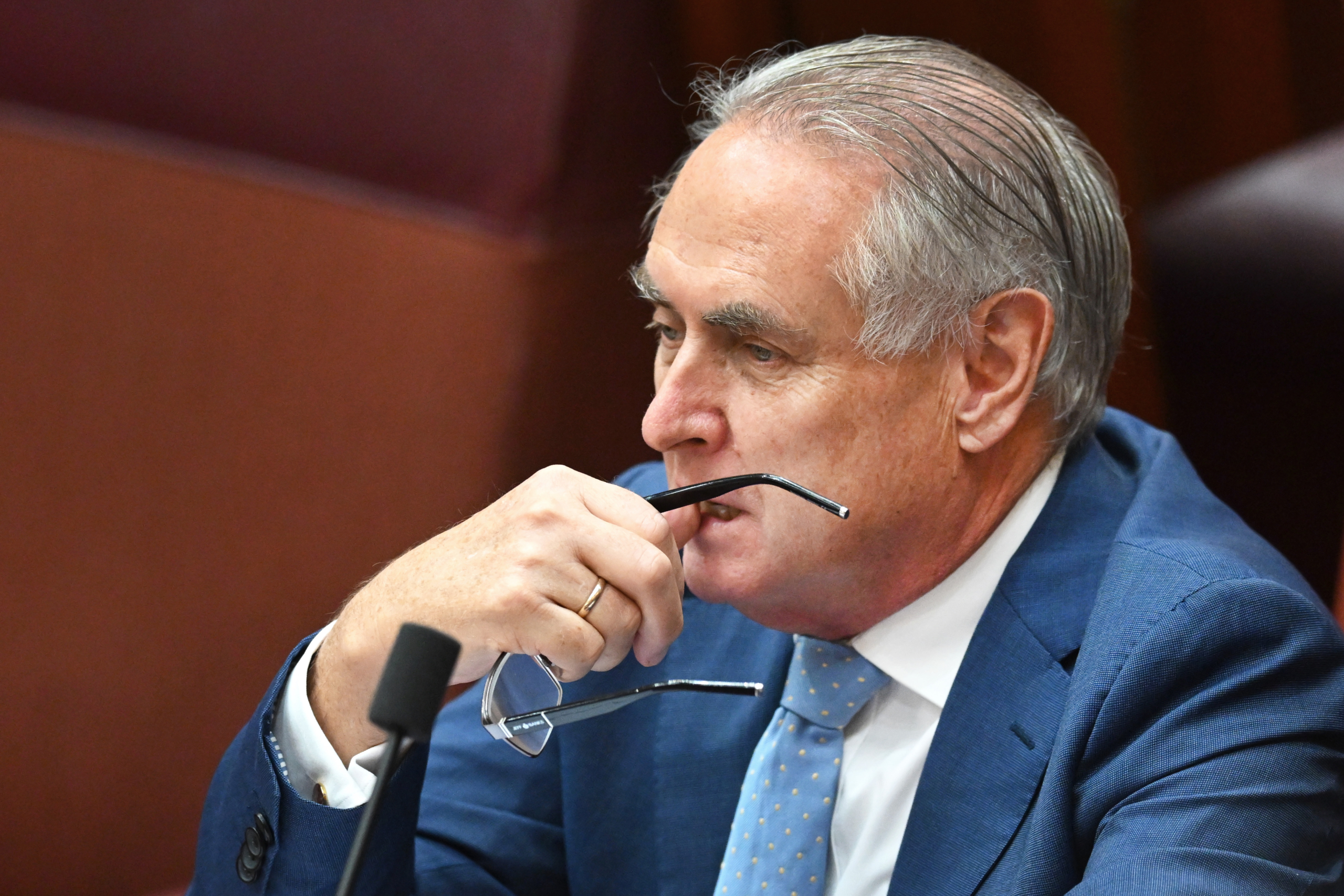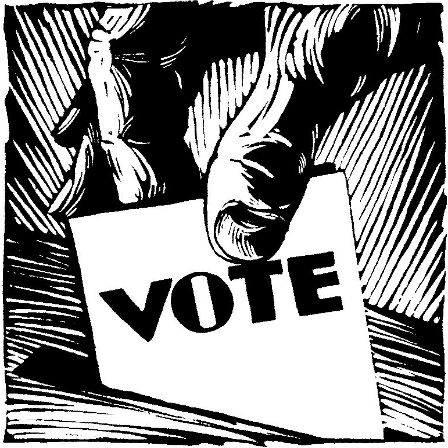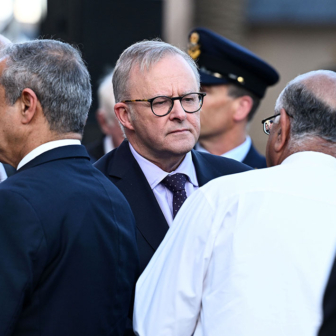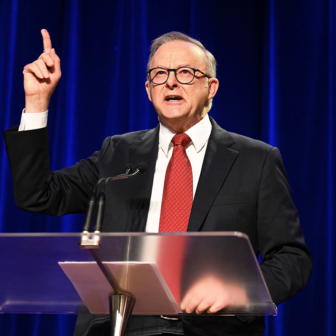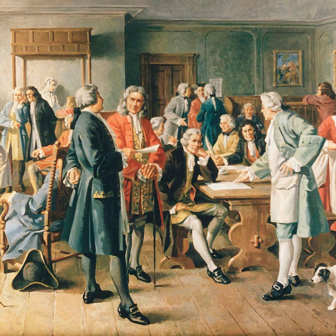Does Australia need more federal politicians? Special minister of state Don Farrell (and hence prime minister Anthony Albanese) seems to think so. Farrell included the idea in the terms of reference for the latest of parliament’s routine post-election inquiries, along with a couple of perennial matters, four-year and fixed terms.
The Joint Select Committee on Electoral Matters is to “inquire into and report on all aspects of the conduct of the 2025 federal election and related matters, including consideration of the following,” with the last being:
the composition of the Parliament as a whole, including: the length of the parliamentary term; the potential for fixed terms; and the number of elected representatives relative to the growth in population and the electorate.
Parliament was last expanded in 1984, and since then we’ve had seventy-six senators and (it varies) between 147 and 151 House of Representatives members. In 1984 the Australian population was around sixteen million; by the time of the next election, as Farrell notes, “the population will almost have doubled [to] about twenty-nine million people.”
Much further back, at the first federal election in 1901, some 111 MPs (seventy-five in the House and thirty-six senators) served around 3.8 million inhabitants. That’s one federal politician for roughly every 34,000 people. Now, with 226 parliamentarians, the ratio is one per 122,000.
How does that figure stack up internationally? India comes top of the charts, with each national politician representing an average of around 1.8 million people. But Australia tends to rank reasonably high; in this Wikipedia table, for example, we have the forty-fifth highest number of voters per politicians in a field of 238. (The Australian calculation in the right-hand column is actually wrong; inserting the correct one lifts us to about thirty-third.) With 238 entries, the list obviously includes a lot of non-democracies.
Given Australia’s ranking, and given that our seats are sometimes georgraphically huge (you can fit several European countries into some of them) the argument for more MPs seems persuasive. The political class seems to think it’s a good idea, but also something that voters can easily be encouraged to rail against. So it’s no surprise the federal opposition is waiting and seeing.
And yet…
Australia, as a federation, has another 465 lower house and 116 upper house MPs across the country; including them would move us down the international rankings. Communication and travel in the 2020s is vastly easier than in the 1980s, let the early 1900s.
True, federal electorate offices are doing a lot of work for constituents, particularly those in low-income areas. But if those staff are overburdened, a more obvious answer is to increase their numbers, and perhaps deal with the problems in government departments driving people to seek help in MPs’ offices.
The Constitution and the early Commonwealth electoral legislation were composed in the absence of political parties as we know them. In those days MPs represented their geographical areas. Since about 1911, though, they’ve represented their parties — in parliament at least. In this way, single-member-districts can be seen as an anachronism from a pre-party era. Why lump us with more of them?
And then there’s the Senate. The Constitution stipulates that House numbers must, “as nearly as practicable,” be twice the Senate ones. In 1967 the Holt government, with Labor support, attempted to eradicate this “nexus” but the referendum was lost badly. (Its lower-profile companion, an amendment to strike out all references to “aboriginal natives” in the constitution, succeeded with 91 per cent support.) The nexus, and the enormous malapportionment that sees each state send the same number of senators (currently twelve) to Canberra, were part and parcel of the federal system, designed to prevent the more populous states from throwing their weight around. But for more than a century senators too have voted along party lines.
Each senator has a single electorate office in their state, far away from the vast majority of their constituents. What do major-party backbench senators do with their time when parliament isn’t sitting? Engage in intra-party skulduggery, write opinion pieces, surf the internet trolling their opponents? It’s the chamber of party defections, occasional drunkenness and often just weird behaviour. And with more and more senators retiring mid-term, an increasingly appointed one. The idea of making the Senate even bigger is, frankly, a bit depressing.
Former Liberal cabinet minister George Brandis recently penned a rather disastrous opinion piece in the Nine papers about the alleged benefits for Labor of a bigger parliament. (Election analyst Ben Raue has picked it apart here.) In truth, it’s impossible to predict who would benefit from an increase in numbers. But Brandis’s point that the government wouldn’t be attempting this if they didn’t perceive advantages is obviously correct. It’s not zero-sum: a few dozen extra spots with salaries and perks for deserving party hacks would be a plus for all sides.
In addition, reports have floated around for years that some in Labor wish to add a Senate seat to each of the ACT and the Northern Territory (each currently has two). A larger Senate would facilitate that (or even, perhaps, an extra two). Extra seats for Canberra would make political sense for Labor, as it always votes much more left than the rest of the country. So has the Northern Territory this century, but not by nearly as much (and it could revert to its old conservative ways).
Proponents claim the territories are underrepresented in the upper house, but that’s totally untrue. The ACT is actually now better represented, per head of population, than New South Wales, Victoria, Queensland and Western Australia. And the Northern Territory, with its tiny population, has the second-smallest number of people per senator after Tasmania.
Of the other elements of Farrell’s final term of reference, four-year terms is one of those proposals that pops up every few years and usually dies a quick death, if for no other reason than it would require a referendum. This time the death throes will last longer. But it won’t go to a national vote under a Labor government.
Like the size of parliament, fixed terms can be achieved by legislation. They’re a better idea anyway because they would mean one less advantage for incumbents, which means that over the long term they would facilitate more changes of government. Parties in office for too long can start to believe they own the place and become vulnerable to opportunities for corruption; see for example the tail ends of NSW Labor, 1995 to 2011, and before that the Queensland Country Party’s thirty-one and a half years to 1989.
And an end to frantic election-date speculation would be an added blessing for all of us. •
